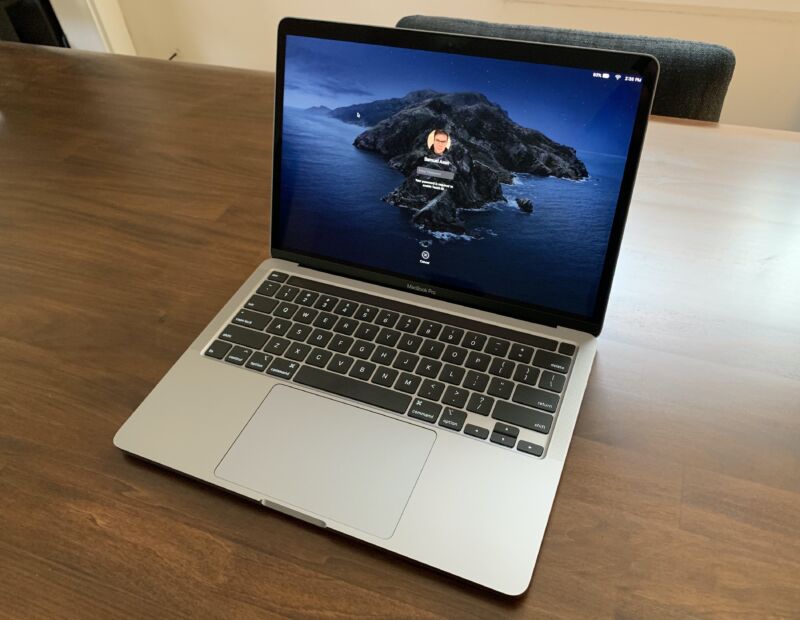Here’s what’s happening to Boot Camp amid the Apple silicon transition

Enlarge / The 2020 13-inch MacBook Pro running macOS. (credit: Samuel Axon)
When Apple announced its plans to transition the Mac to its own ARM-based silicon and away from the x86 architecture used in Intel Macs, the company listed a plethora of tools for making sure as many applications survive the shift as possible. But while it's helpful that Apple is providing developer tools for adapting Intel Mac apps and virtualization tools for running the apps that won't make the move right away, there's one scenario Apple didn't talk about at all during its keynote: running Windows natively on a Mac.
Presently, Apple offers a tool in macOS called Boot Camp that facilitates the installation of Windows on another drive or partition, right from macOS. It includes drivers and other boons that make the process a lot simpler than it might be otherwise. Once users install Windows by this method, they're running it natively on the machine just like they would on a Windows laptop from Dell or Lenovo.
While virtualization via tools like Parallels or VMWare are usually sufficient for running most Windows apps under macOS, there are some edge cases when the Boot Camp approach is the only option. One of the most common: running Windows PC games, which tend to run more optimally under Windows than they do under macOS, no matter how well done the ports are. (This is, in part, because the games were built with Windows in mind, and it's also because Apple's macOS video drivers emphasize different priorities.)
Read 4 remaining paragraphs | Comments